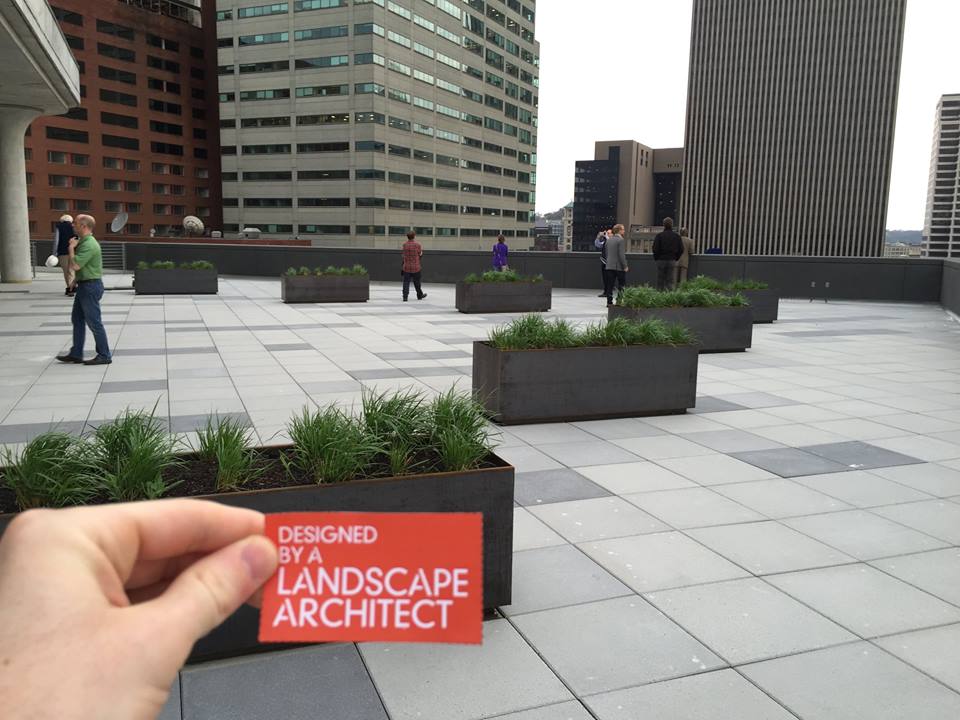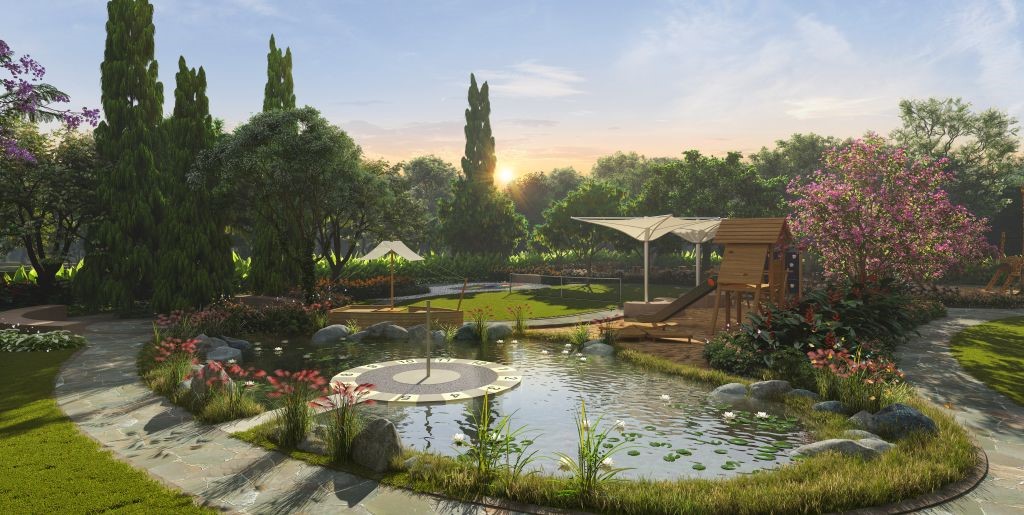In the ever-evolving tapestry of urban living, where concrete towers often dominate the skyline, the role of landscape architecture emerges as a vital thread woven into the fabric of our cities. This discipline transcends mere aesthetics; it harmonizes functionality, ecological sensitivity, and the well-being of urban dwellers.
Imagine parks that serve as green lungs, rooftop gardens that contribute to sustainability, and streetscapes that invite community engagement. Landscape architecture is not just about planting trees or designing pathways; it is about fostering connections—between people and their environment, between nature and the built world.
As cities grapple with challenges such as climate change, population density, and the quest for livability, the insights and innovations of landscape architects become indispensable, transforming urban spaces into vibrant, inclusive habitats that resonate with the rhythms of city life. Through thoughtful design, they cultivate spaces that reflect our shared humanity and aspirations, reminding us that even in the midst of bustling metropolises, tranquility and beauty can thrive.
Introduction to Landscape Architecture

Landscape architecture serves as a vital connector between the built environment and the natural world, shaping the spaces we inhabit and influencing the way we experience urban life. It transcends mere aesthetics, weaving together ecology, design, and community needs to provide practical solutions for pressing urban challenges.
Imagine walking down a bustling city street and suddenly encountering a serene park filled with lush greenery, vibrant flowers, and flowing water features; this harmony not only beautifies our surroundings but also promotes mental well-being and social interaction. Innovative residential projects, such as Skye at Holland, demonstrate how integrated landscape architecture can elevate urban living, combining thoughtfully designed green spaces with modern amenities to create environments where residents thrive. With a keen understanding of the delicate balance between human activity and environmental sustainability, landscape architects craft dynamic spaces that enhance urban resilience.
Whether it be the reimagining of neglected lots into vibrant green areas or the integration of urban gardens on rooftops, their work is essential in fostering a more livable, sustainable, and connected urban experience.
Defining Landscape Architecture and Its Scope
Landscape architecture is the art and science of designing outdoor spaces, blending nature and human-made elements to create environments that resonate with their surroundings and users. It encompasses a diverse range of practices, from urban parks and recreational areas to intricate gardens and sustainable stormwater management systems.
Envision a vibrant city street adorned with lush greenery, where the sounds of bustling life blend harmoniously with the rustling leaves—a carefully crafted landscape that not only beautifies but also enhances the quality of urban living. At its core, landscape architecture goes beyond aesthetics; it addresses ecological sustainability, social equity, and community wellness, crafting spaces that invite interaction and foster a sense of belonging.
As urban areas continue to expand and evolve, the scope of landscape architecture becomes increasingly vital, serving as a bridge between the built and natural environments, advocating for designs that ensure our cities thrive alongside nature.
How Landscape Architecture Improves Urban Design

Landscape architecture plays a pivotal role in enhancing urban design by seamlessly blending green spaces with the dense fabric of city life. Imagine walking through a bustling metropolis, where the sound of traffic gives way to the soothing rustle of leaves and the distant laughter of children playing in thoughtfully designed parks.
These green oases provide not only vital habitats for wildlife but also foster social interaction, mental well-being, and community resilience. Strategic placement of trees, gardens, and recreational areas transforms concrete jungles into vibrant ecosystems, inviting spontaneous adventures and tranquil retreats.
Furthermore, landscape architects employ innovative stormwater management solutions that mitigate flooding and improve urban air quality, creating a healthier environment for all inhabitants. In essence, their work transcends mere aesthetics; it redefines the functionality of urban spaces, ensuring that cities thrive both ecologically and socially.
Conclusion

In conclusion, the role of landscape architecture in urban living is not only essential for enhancing the aesthetic appeal of cities but also vital for promoting sustainability, well-being, and community engagement. Thoughtful landscape design can transform neglected spaces into vibrant urban oases, fostering social interaction and environmental harmony.
Projects like Skye at Holland exemplify how integrated landscape architecture can serve as a model for future urban developments, prioritizing green spaces that improve the quality of life for residents. As cities continue to grow and evolve, embracing innovative landscape architecture will be crucial in creating livable, resilient urban environments that honor both nature and community needs.

